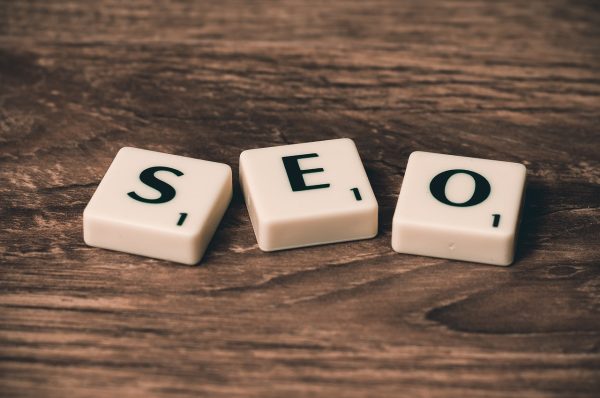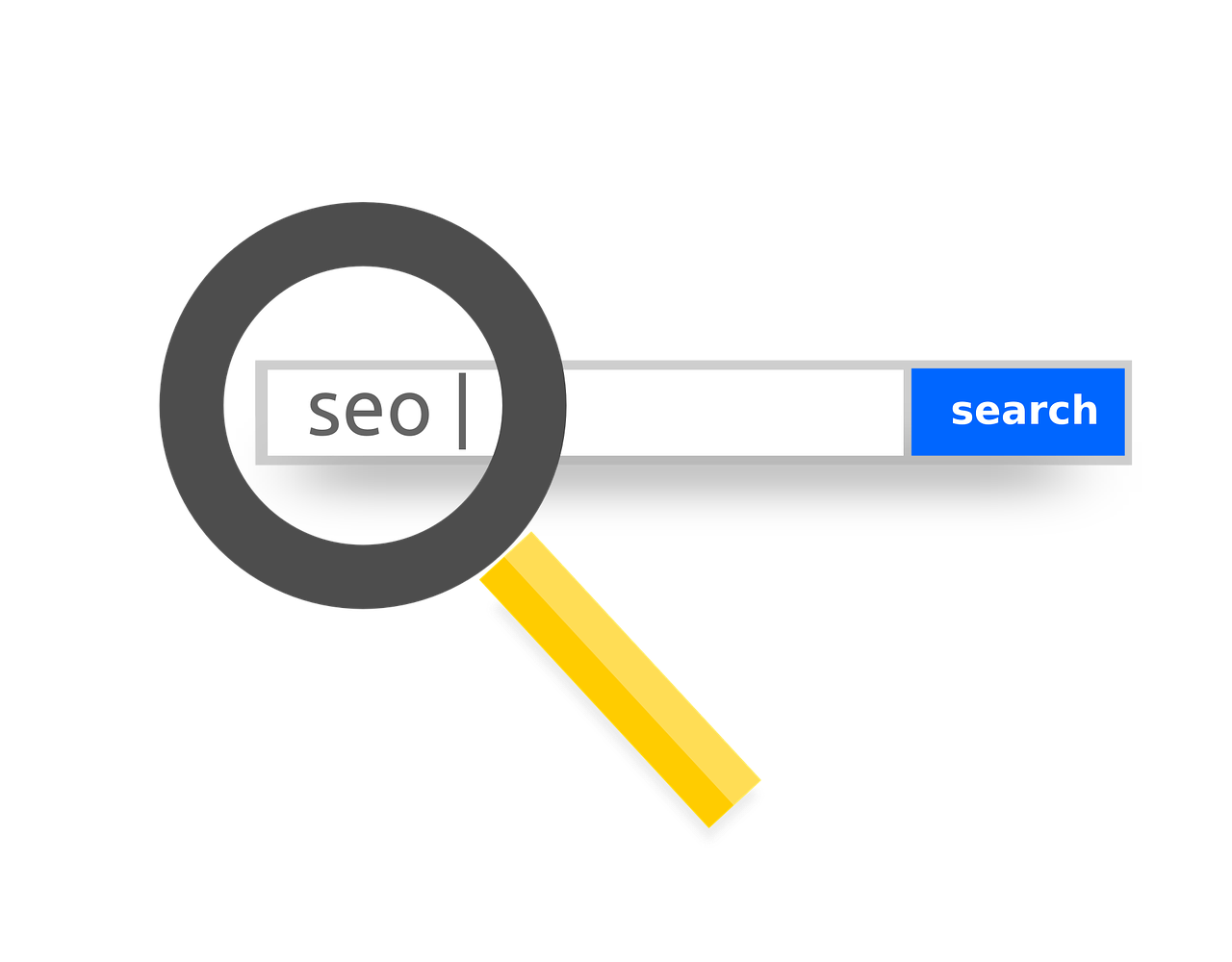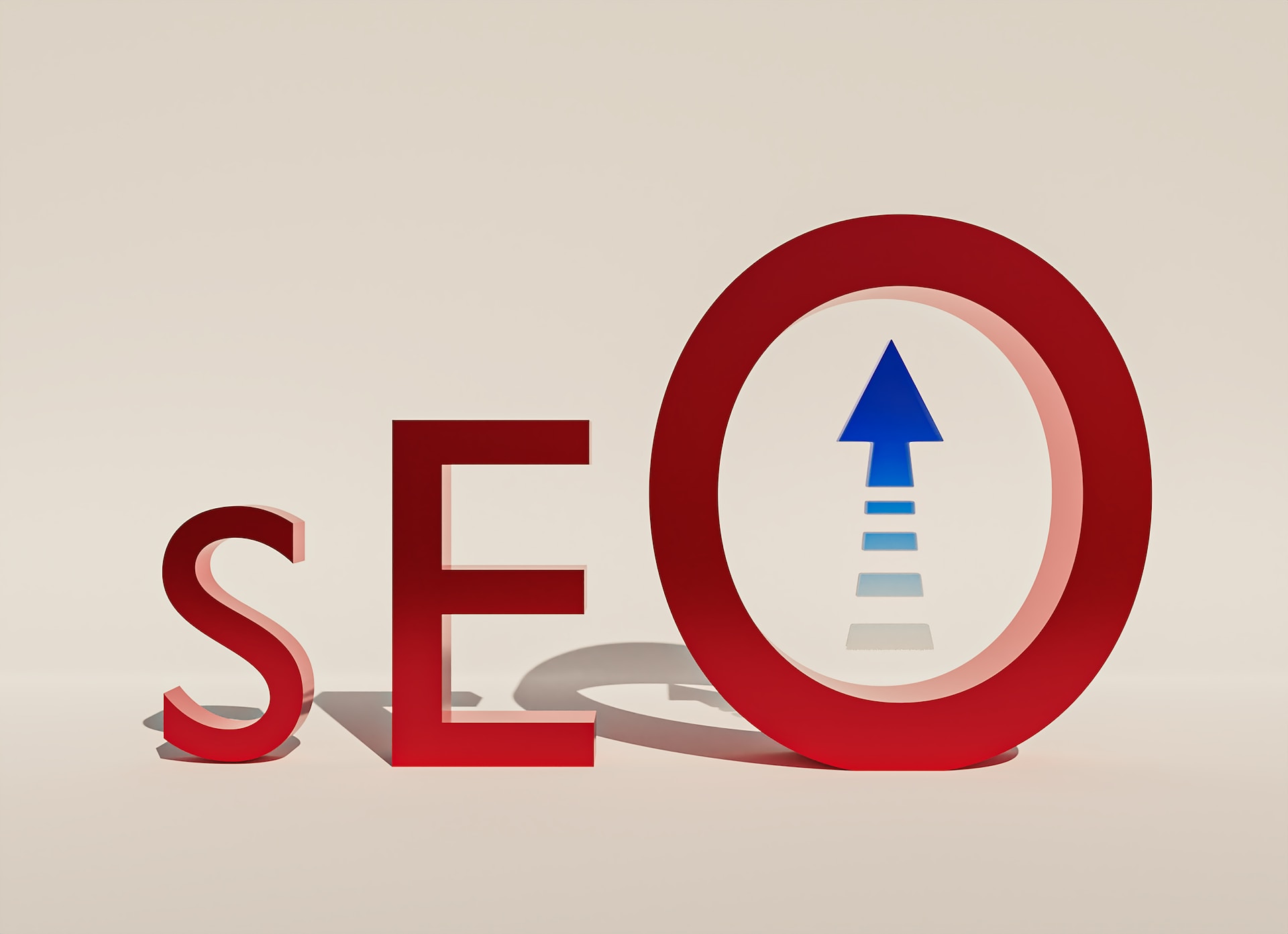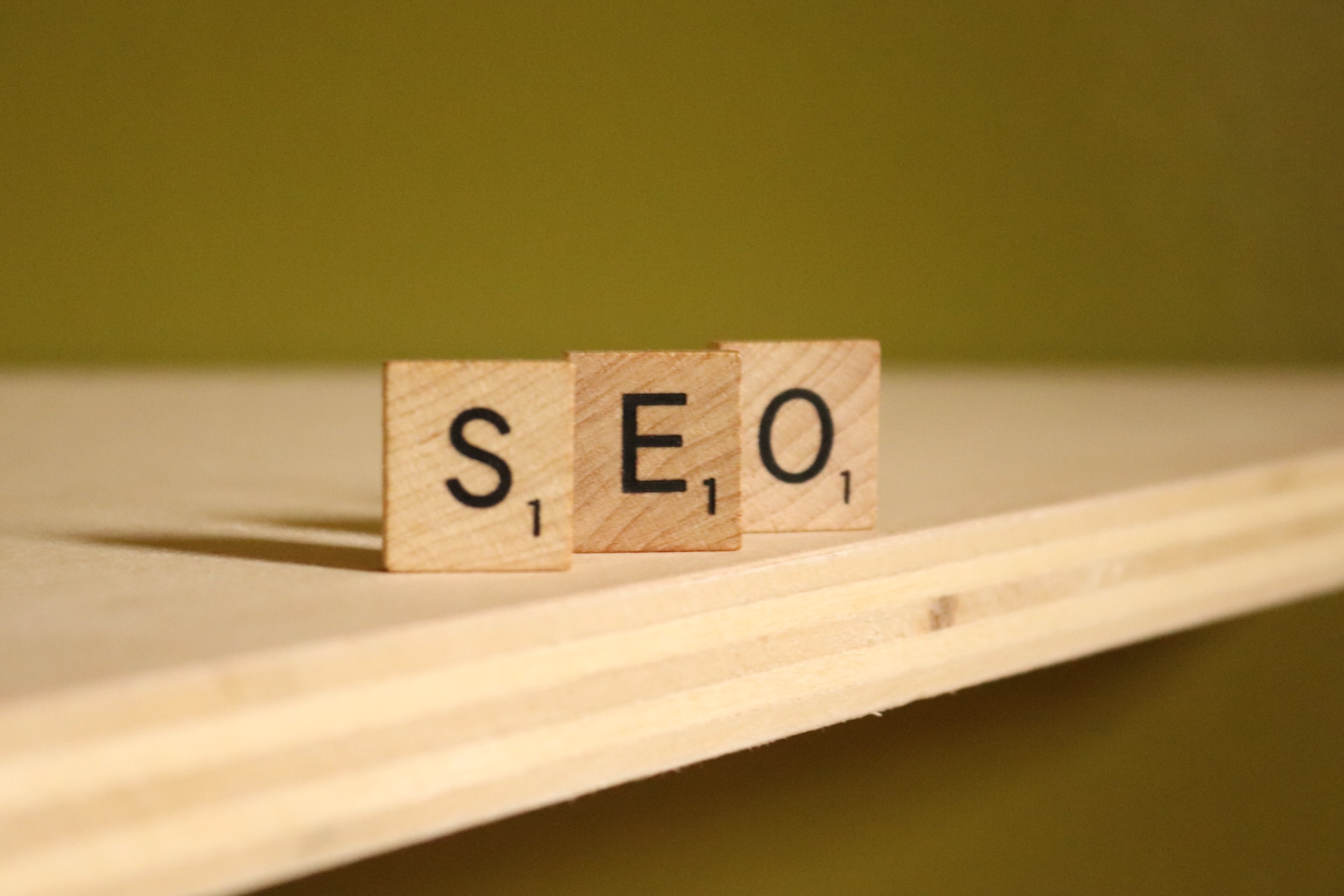Average Engagement Rate for SEO
The average engagement rate for SEO can vary depending on factors like the industry, target audience, and the quality of the content. An engagement rate between 1% and 3% is considered average for most websites. Engagement rates are measured by how users interact with your website, including actions like clicking links, reading blog posts, or filling out contact forms. Higher engagement rates often indicate that visitors find your content valuable and are more likely to take action, such as booking an appointment or making a purchase. For SEO, improving engagement rates is crucial because search engines like Google use engagement metrics as a signal to determine the quality of your website, which can impact your rankings. By focusing on providing valuable content, a good user experience, and relevant information, businesses can improve their engagement rates and enhance their SEO efforts.
What Is SEO?
SEO, or Search Engine Optimization, is the process of improving a website’s visibility on search engines like Google. The goal of SEO is to make sure that when people search for something related to your business, your website appears near the top of the search results. This is done by using strategies such as choosing the right keywords, optimizing website content, improving site speed, and building backlinks from other trustworthy websites. SEO also involves ensuring that a website is user-friendly, mobile-responsive, and provides valuable content to visitors. By improving these factors, businesses can attract more traffic to their websites, which can lead to more customers and higher sales. SEO helps websites rank better in search engine results, making it easier for people to find what they are looking for.

What Can SEO Do for a Business?
SEO can do a lot for a business by increasing its online visibility and attracting more customers. When a website is properly optimized, it appears higher in search engine results, making it easier for potential customers to find the business. This can lead to more website traffic, more leads, and ultimately, more sales. SEO also helps build trust with customers, as high-ranking websites are often seen as more credible and reliable. By targeting specific keywords, creating valuable content, and improving website performance, businesses can reach a wider audience and stand out from competitors. SEO is an essential tool for businesses that want to grow their online presence and succeed in a competitive market.
Is SEO Required for a Business to Succeed?
While SEO is not technically required for a business to succeed, it can significantly improve its chances of success, especially nowadays with all the updated technology that we have access to. Most customers begin their search for products or services online, and without good SEO, a business may not show up in search results, making it harder for potential customers to find them. SEO helps businesses appear higher in search rankings, which can lead to more website traffic, leads, and sales. Even though there are other marketing strategies like social media and paid ads, SEO is a cost-effective way to build long-term visibility and brand credibility. In a competitive market, businesses that invest in SEO are more likely to stand out, attract a steady stream of customers, and grow over time.
How Do You Measure Engagement on Your Website?
Measuring engagement on your website involves tracking how visitors interact with your site and how long they stay. One common way to measure engagement is by looking at metrics like the average time visitors spend on your pages and how many pages they view during their visit. You can also track the bounce rate, which shows how many visitors leave your site after viewing only one page, as a lower bounce rate indicates better engagement. Other important engagement metrics include the number of comments or shares on blog posts, clicks on call-to-action buttons, and form submissions. Using tools like Google Analytics can help you gather this data, providing insights into how users are interacting with your site. By monitoring these metrics, you can identify areas where your website needs improvement and make changes to keep visitors engaged longer.
What Is a Good Engagement Rate for an Industry?
A good engagement rate for an industry can vary, but generally, a rate of 1% to 5% is considered solid for most businesses. For industries like retail or e-commerce, higher engagement rates of 2% to 3% are often seen as good, while in more niche markets, a 1% rate might still be effective. Engagement rate refers to how often visitors interact with your website or social media content, such as clicking on links, liking posts, or submitting forms. A higher engagement rate means that your audience is more likely to find your content relevant and valuable. It’s important to compare your engagement rate with other similar businesses in your industry to understand what’s typical for your specific market. By tracking engagement over time and making adjustments to your content or marketing strategies, you can improve these rates and grow your business.

How Does User Engagement Impact SEO Ranking?
User engagement plays an important role in SEO ranking because search engines like Google use it as an indicator of a website’s quality and relevance. When visitors spend more time on your site, click on multiple pages, or interact with your content, it shows search engines that your site is providing valuable information. Higher engagement signals to search engines that users find your site helpful, which can improve your rankings in search results. If users quickly leave your site (known as a high bounce rate), search engines may see your site as less relevant, which could hurt your rankings. By improving engagement with quality content, easy navigation, and clear calls to action, you can boost both user satisfaction and SEO performance.
What Metrics Should You Track to Assess Engagement?
To assess engagement on your website, there are several key metrics you should track. One important metric is bounce rate, which tells you the percentage of visitors who leave your site after viewing only one page; a high bounce rate may indicate that visitors aren’t finding what they’re looking for. Another important metric is average session duration, which shows how long visitors are staying on your site—longer times typically suggest better engagement. Pages per session is another useful metric, as it shows how many pages visitors view during their time on your site, indicating whether they’re exploring more of your content. Click-through rate (CTR) also helps measure how often visitors click on links or buttons, showing how compelling your calls to action are. Tracking conversions (like form submissions, sign-ups, or purchases) is crucial to measure how many visitors take the desired action on your site. By analyzing these metrics, you can better understand how visitors engage with your content and identify areas for improvement.
How Can You Improve Your Website’s Engagement Rate?
Improving your website’s engagement rate involves making your site more user-friendly and offering valuable content. One way to boost engagement is by improving website speed, as slow-loading pages can lead visitors to leave before interacting with your content. Another important factor is ensuring your site is mobile-friendly, since many users access websites from their phones. You should also create high-quality, relevant content that answers your audience’s questions and keeps them interested, such as blog posts, videos, and infographics. Including clear calls to action, like buttons for scheduling an appointment or downloading a free guide, can encourage visitors to take the next step. Make sure your website is easy to navigate, with a clean design and intuitive layout, so visitors can quickly find what they’re looking for. By focusing on these areas, you can encourage visitors to stay longer, interact more, and ultimately improve your website’s engagement rate.
What Is the Difference Between Bounce Rate and Engagement Rate?
Bounce rate and engagement rate are both important metrics for understanding how visitors interact with your website, but they measure different aspects. Bounce rate refers to the percentage of visitors who leave your website after viewing only one page, without interacting further or exploring other pages. A high bounce rate may suggest that visitors didn’t find what they were looking for or that your website isn’t engaging enough. Engagement rate measures how actively users interact with your site, such as by clicking links, reading multiple pages, or submitting forms. A high engagement rate indicates that visitors are interested in your content and are more likely to take actions like making a purchase or signing up. While bounce rate focuses on how quickly visitors leave your site, engagement rate looks at how involved they are while on it, providing a fuller picture of website performance.

What Is the Importance of Engagement Rate?
Engagement rate is important because it shows how interested and involved your visitors are with your website or content. A high engagement rate typically means that people find your website valuable, which can lead to higher conversion rates, like more purchases or sign-ups. Search engines like Google also consider engagement metrics when ranking websites, so higher engagement can improve your SEO and help your site rank higher in search results. Understanding your engagement rate also helps you see what content is resonating with your audience and which areas need improvement. Tracking engagement is crucial for measuring the success of your marketing strategies and optimizing your website to meet the needs of your visitors.
If Your Engagement Rate Is Low, Will It Affect Your Business?
Yes, a low engagement rate can negatively affect your business. When visitors don’t interact with your website or leave quickly, it may signal to search engines like Google that your content is not valuable or relevant. This can result in lower search rankings, making it harder for potential customers to find your site. A low engagement rate usually means fewer conversions, like sign-ups or purchases, which directly impacts your business revenue. It may also suggest that your content or user experience is not meeting the needs of your audience, meaning changes are needed to better connect with them. Improving engagement is key to increasing traffic, building customer trust, and ultimately growing your business.
Does SEO Benefit Your Business in Other Ways Outside of Engagement Rates?
Yes, SEO offers several benefits to your business beyond just improving engagement rates. One of the main advantages of SEO is that it helps increase your website’s visibility in search engine results, which can drive more traffic to your site. This increased traffic can lead to more leads, conversions, and sales, as potential customers are more likely to find your business online. SEO also helps build brand credibility; websites that appear at the top of search results are often seen as more trustworthy by users. SEO can also provide long-term, cost-effective marketing results. Unlike paid ads, which stop working once your budget runs out, a well-optimized website can continue attracting visitors and generating revenue over time. SEO helps you target the right audience by focusing on specific keywords related to your business, ensuring that the visitors you do attract are more likely to be interested in your products or services.
SEO, Engagement Rates, and How They Benefit Your Business
SEO and engagement rates are important factors that work together to help your business grow. SEO increases your website’s visibility on search engines, making it easier for potential customers to find you. The more visitors you attract, the more opportunities you have to convert them into loyal customers. High engagement rates show that visitors are interacting with your content, which tells search engines that your site is valuable. This can improve your search engine rankings even further. When your website ranks higher and keeps visitors engaged, you are more likely to see increased sales, leads, and brand recognition. By focusing on both SEO and engagement, your business can achieve long-term success and stand out in a competitive market.





